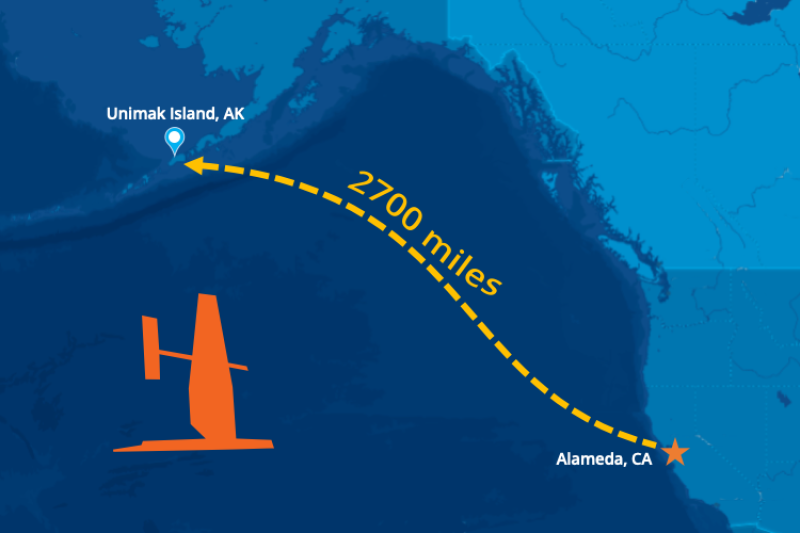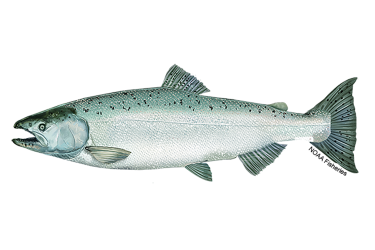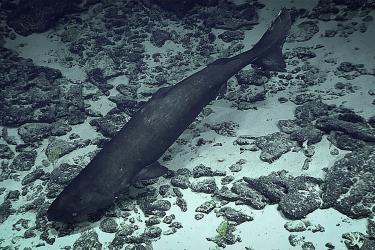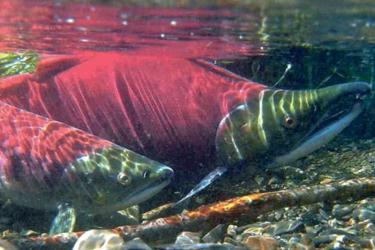Three saildrones left Alameda, California in May and have arrived at Unimak Pass in Alaska’s remote Aleutian Islands. The ocean drones have sailed nearly 2,700 miles at a walking pace, about 2.5 miles per hour (2 knots), which is just about the distance from Seattle to Miami. Once they navigate through the pass, the drones will enter the Bering Sea. This is where they will conduct a two month-long acoustic survey of walleye pollock. They are expected to reach their first survey station in about a week.
Several key standard manned-vessel surveys were cancelled this year due to the COVID-19 pandemic. The data the drones collect will help to fill in the gap for fisheries stock assessment scientists who monitor the changes in pollock populations to advise fisheries management. The sonar measurements made by the ocean drones will provide valuable insights on pollock abundance and distribution in 2020.
Stay tuned. We will share more when ocean drones reach their destination.








